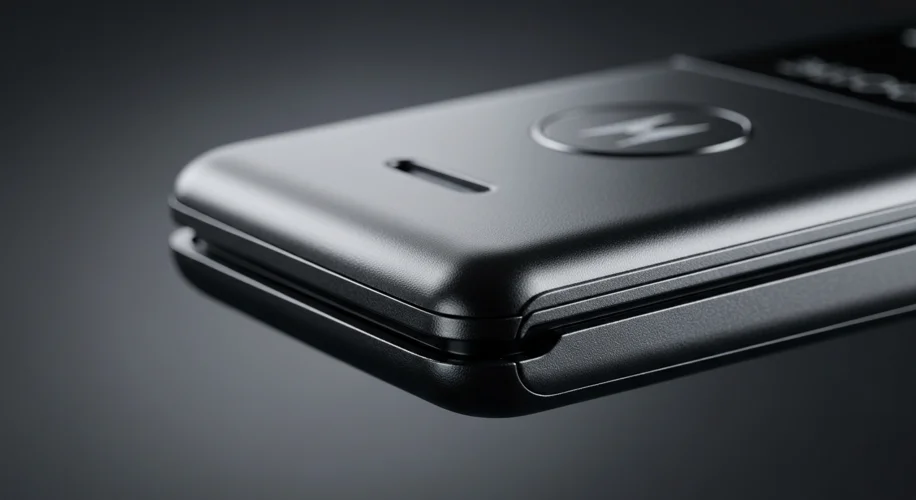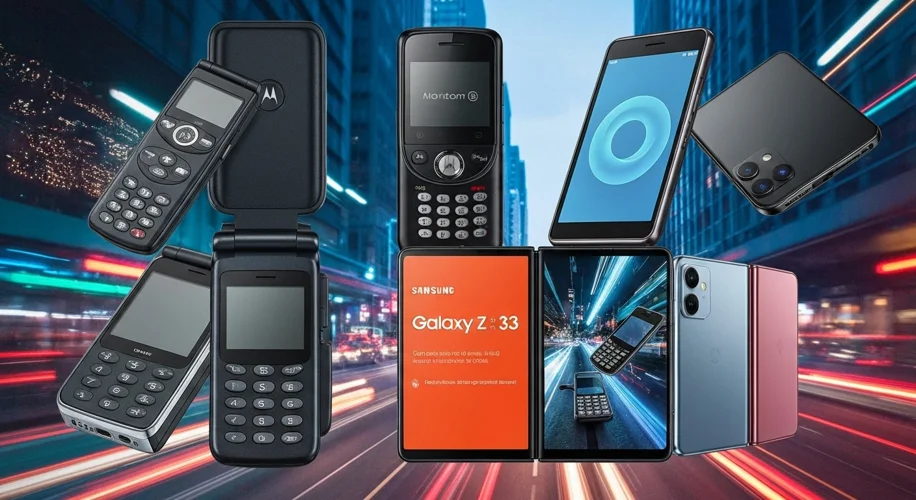Remember the satisfying snap? The compact rectangle that slipped so neatly into a pocket, the satisfying click of its closure a punctuation mark to a conversation? For a generation, the flip phone was more than just a device; it was a symbol of a different era in mobile technology, an era defined by tactile interaction and a certain, dare we say, elegance.
But hold on to your nostalgia, because that satisfying snap might just be making a comeback, albeit with a futuristic twist. We’re witnessing a fascinating resurgence in foldable smartphones, a trend that echoes the design philosophy of those beloved flip phones of yesteryear. And at the heart of this potential revolution? The whispers of none other than Apple, a company that has historically mastered the art of reinvention and consumer anticipation.
Let’s rewind the clock. The flip phone, in its heyday, was a marvel of compact engineering. Devices like the Motorola RAZR V3, with its impossibly thin profile and brushed aluminum finish, became fashion statements as much as communication tools. They represented a deliberate departure from the brick-like phones of the early days. The folding mechanism wasn’t just a gimmick; it protected the keypad, reduced the phone’s overall footprint, and offered a unique, almost ritualistic way to answer or end a call. It was a design that prioritized both form and function, a balance that seems increasingly elusive in today’s single-slab smartphone world.

Fast forward to today. The smartphone landscape is dominated by large, rectangular touchscreens. While undeniably powerful and versatile, they’ve largely converged on a singular design language. Innovation often comes in the form of camera upgrades, processor speeds, or software features, but the physical form factor has remained remarkably consistent. Until now.
The advent of foldable technology, with devices like Samsung’s Galaxy Z Fold and Z Flip series, has reignited the conversation around alternative mobile designs. These modern foldables aren’t just a nostalgic nod; they represent a genuine attempt to blend the portability of the past with the expansive capabilities of the present. They offer a larger screen when you need it, and a more compact, pocketable form factor when you don’t. It’s a return to the duality that made flip phones so appealing.
But what about Apple? The tech giant has been conspicuously absent from the foldable market, fueling endless speculation. Why the delay? Several theories abound. Perhaps Apple is waiting for the technology to mature, to iron out the durability concerns that have plagued early foldable models. Or perhaps they have a unique vision for what a foldable Apple device should be, a vision that requires a different approach entirely. The iPhone’s history is one of bold design choices that often define industry trends, from the removal of the headphone jack to the introduction of the Dynamic Island.
Could Apple be working on a device that reinterprets the flip phone concept for the 21st century? Imagine an iPhone that folds in half, offering a standard iPhone experience on the outer screen and then unfolding to reveal a larger, tablet-like display. Such a device could tap into the deep well of consumer affection for the flip phone’s compact nature, while also offering the versatility that today’s users expect. It would be a masterclass in blending the old with the new, a testament to how past design triumphs can inform future innovation.

The return of the flip phone, or at least its design spirit, is more than just a fleeting trend. It speaks to a desire for devices that are not only powerful but also tactile, personal, and even playful. It’s a reminder that innovation isn’t always about pushing boundaries into the unknown, but sometimes about rediscovering the brilliance of what came before and reinterpreting it for a new age. As we stand on the precipice of a potential foldable future, the satisfying snap of a bygone era might just be the sound of tomorrow.
Whether Apple will indeed enter the foldable arena, and in what form, remains to be seen. But the groundwork is laid. The consumer appetite for something different, something with a touch of nostalgic charm and a dash of forward-thinking design, is palpable. The humble flip phone, once relegated to the annals of tech history, may just be poised for a remarkable second act.

